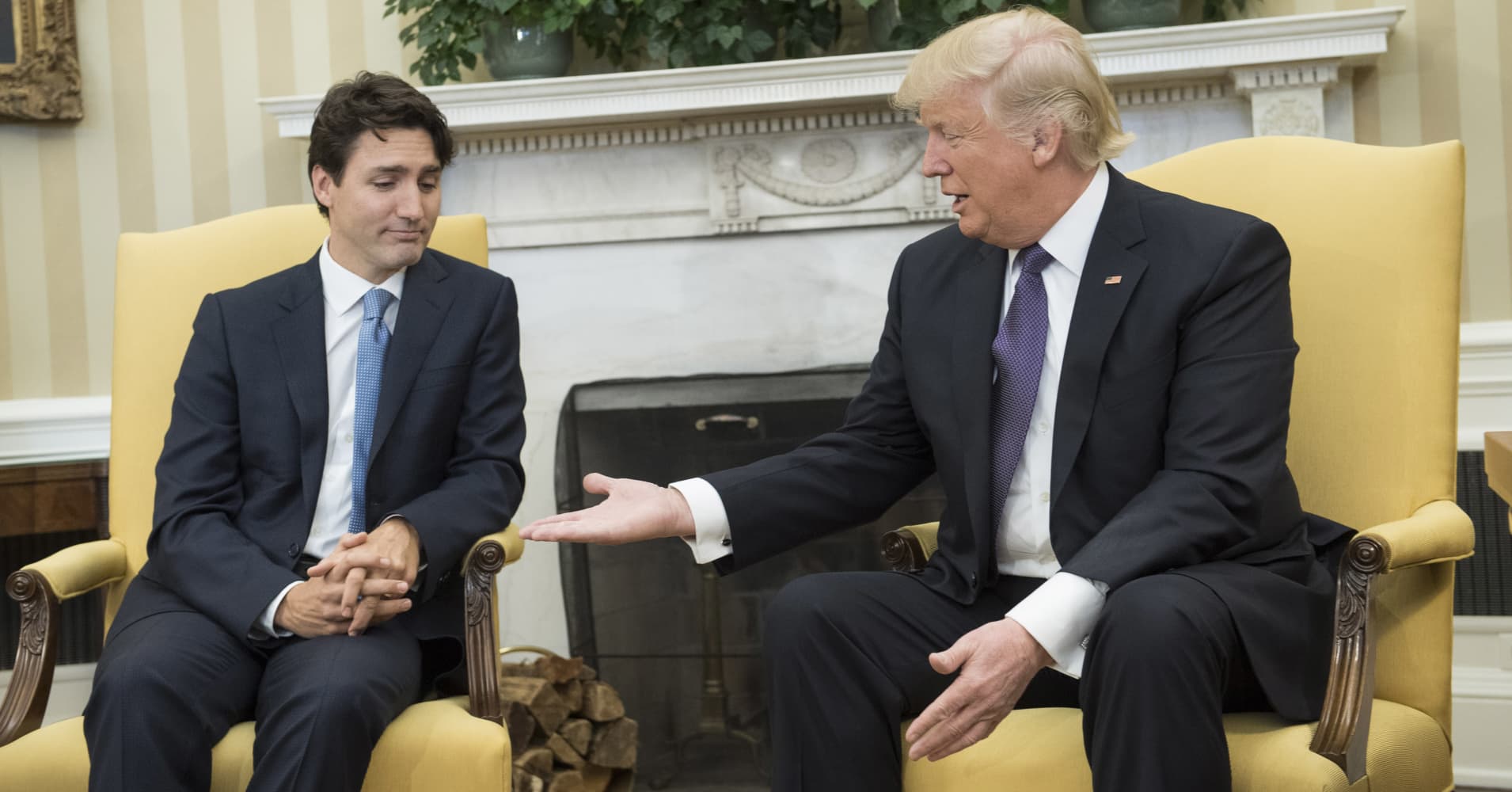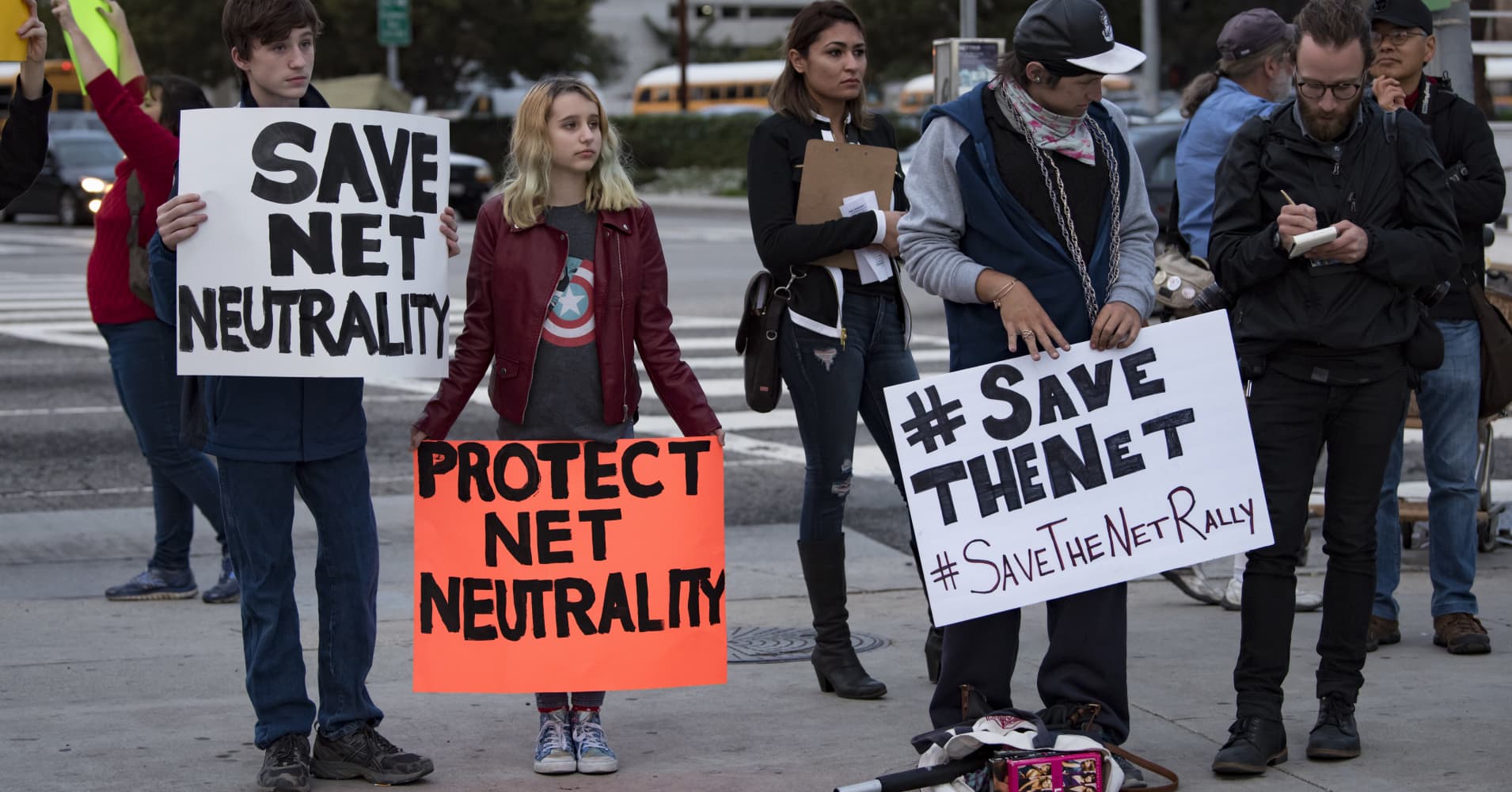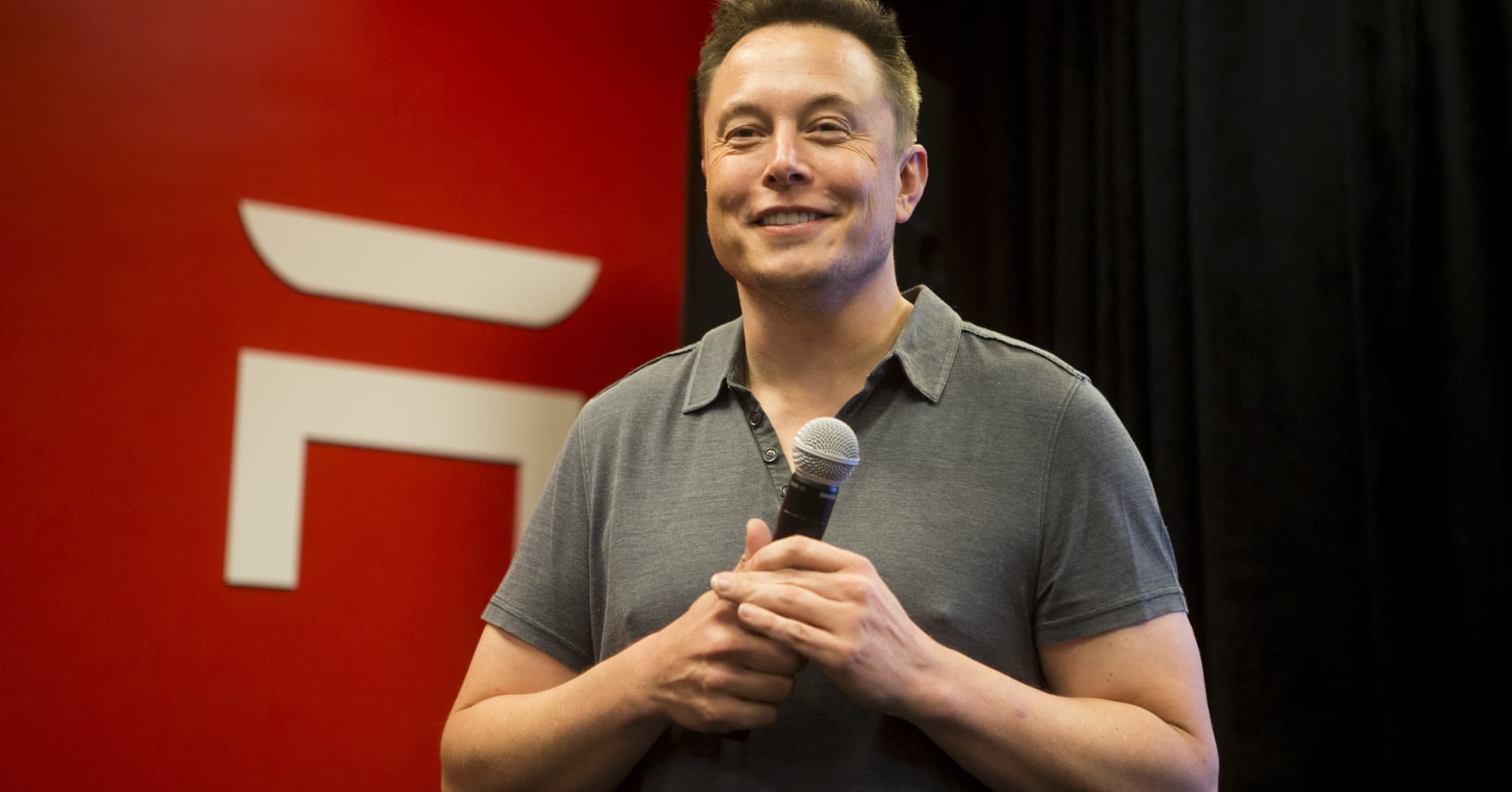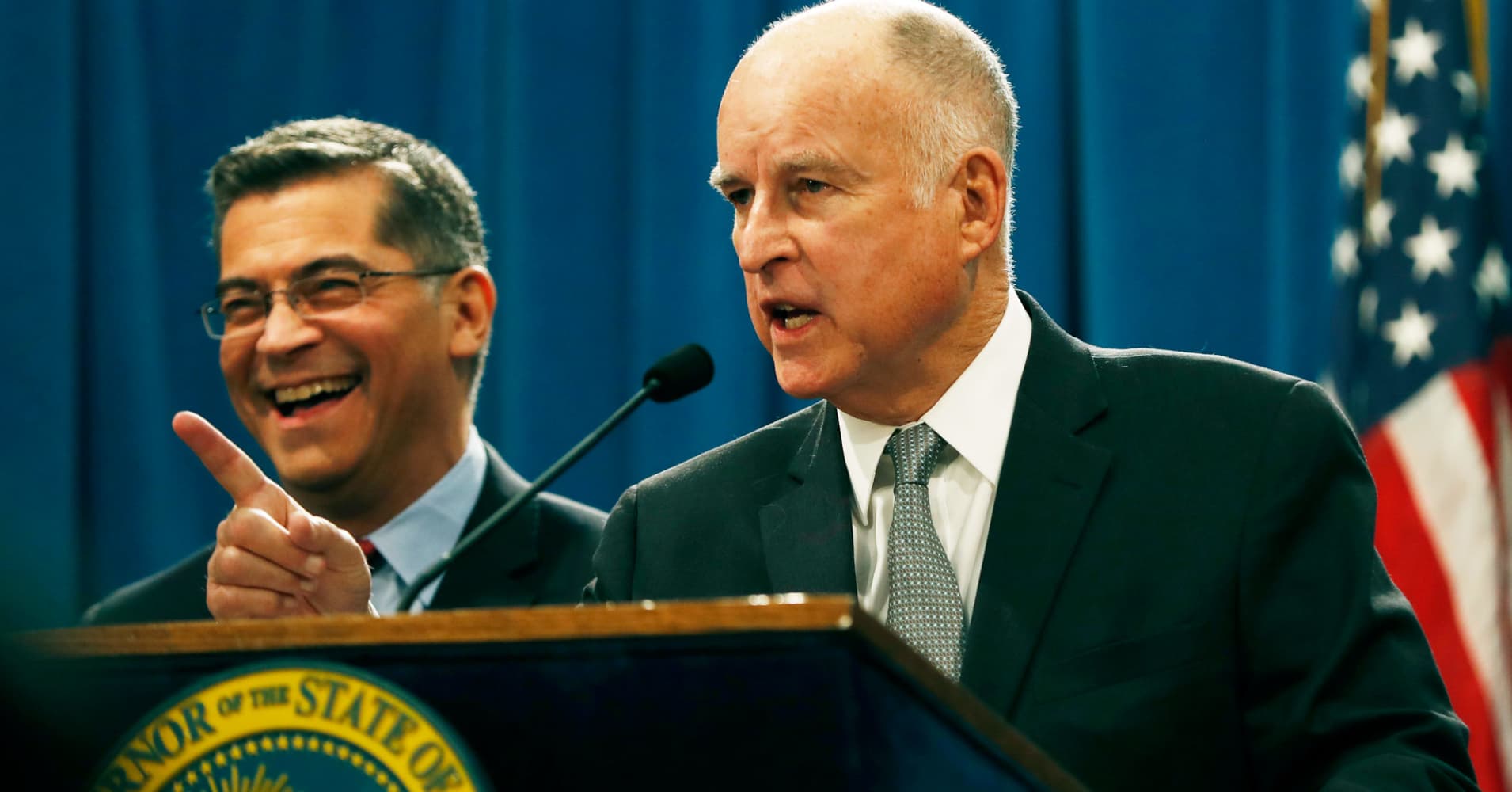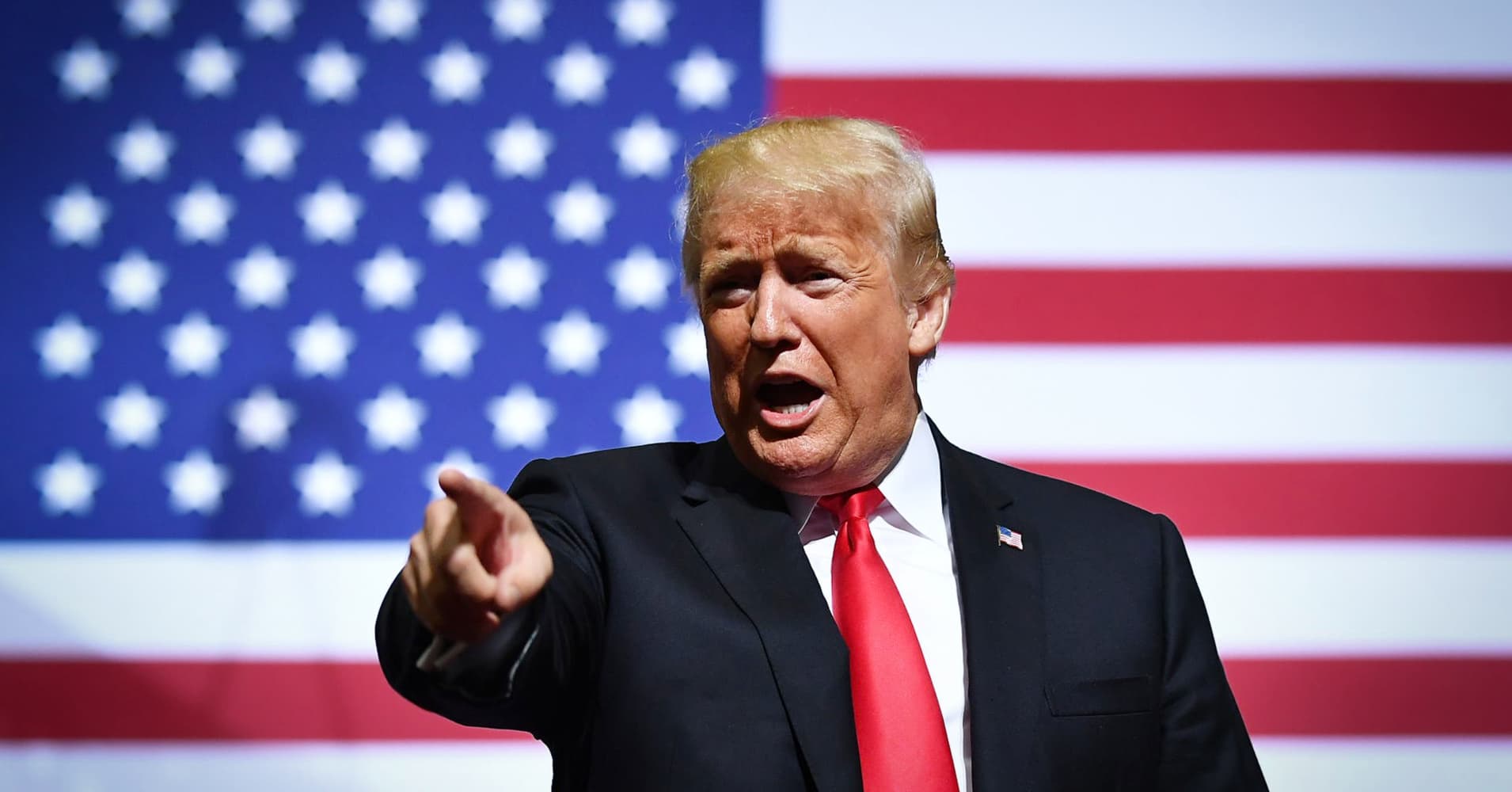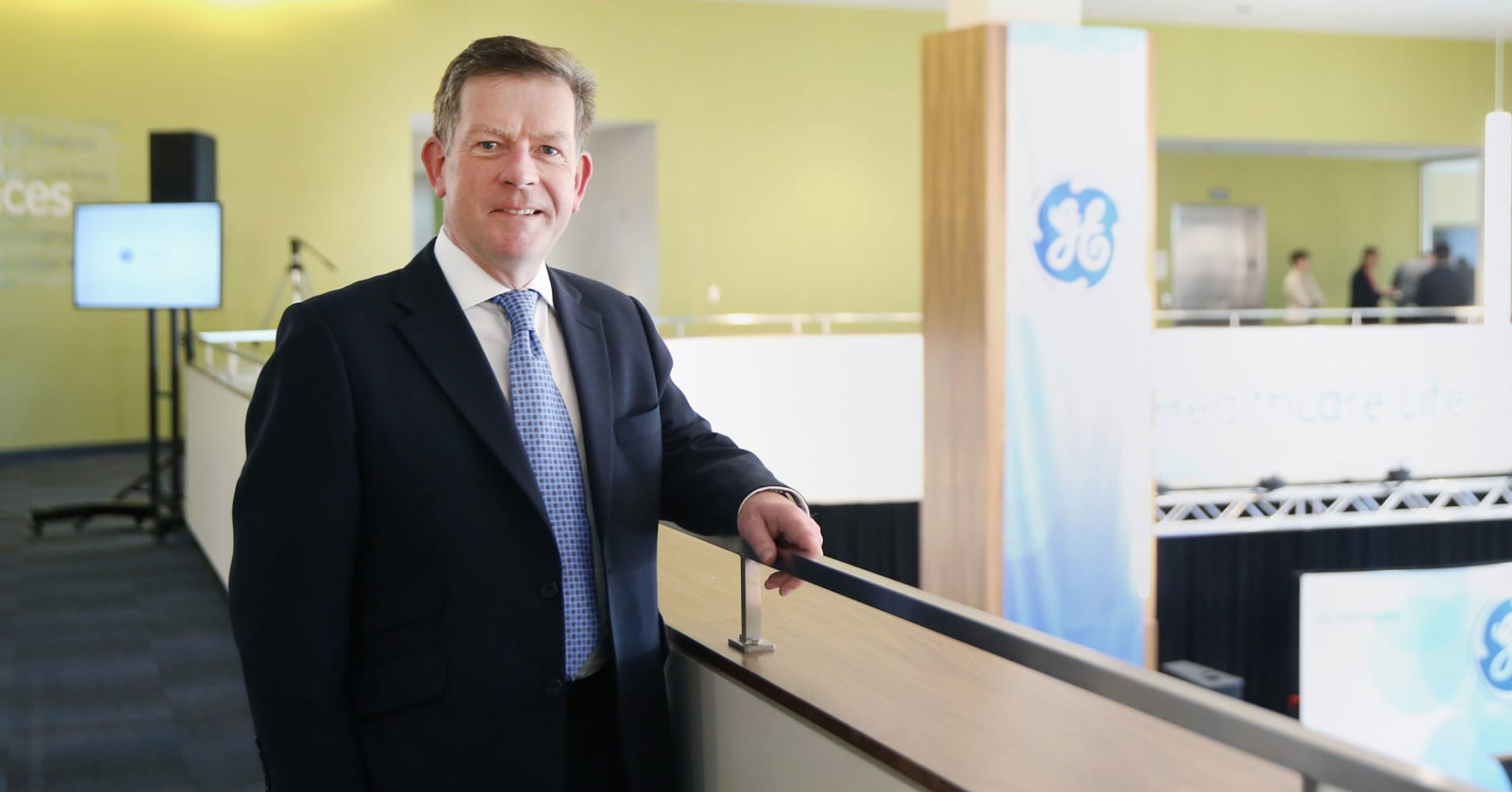
It was a sunny Saturday evening in the English countryside in June 2017 when Kieran Murphy noticed two missed calls from his boss John Flannery.
When the two General Electric executives finally connected on the third try around 7 p.m., Flannery said Murphy needed to be on a plane the next morning. Flannery was replacing GE's long-time CEO Jeff Immelt and needed Murphy to take over as CEO of GE Healthcare right away.
"What should have been a long discussion with my wife had to be cut short. I spent the rest of the evening organizing for a trip to the U.S. the following morning where we prepared for the handover and the announcement," Murphy told CNBC in a phone interview from his farm in Cambridgeshire, a county in eastern England where the couple has horses and grows what he describes as "modest" crops of wheat and barley.
Murphy, 55, is probably one of the fastest rising stars at GE that you've never heard of. He's quickly climbed the ranks at its healthcare unit. Under his tenure, GE Healthcare has expanded outside its staid business of making MRI, X-ray and ultrasound machines and into new fields like information technology, gene therapy and bioengineering.
His new task is even bigger. He has to spin out GE Healthcare into a separate, independent company by the end of 2019.
The move makes sense for General Electric, allowing it to double down on its core industrial and energy businesses. But it's not without some risk.
The healthcare equipment maker is a bit of a cash cow, throwing off $3.4 billion in profit last year. It accounted for 15.8 percent of the conglomerate's total sales, but 43.2 percent of its operating profit in 2017. It's also one of GE's most consistent and least volatile performers, earning a reliable $3 billion or so a year since 2011. Its oil and gas segment, by comparison, has grappled with wild swings in growth and profitability.
GE's been struggling with shrinking profits in recent years, and its shares have lost more than half of their value over the past 12 months to $11.29 a share Friday. It was the largest company in the U.S. in 2000 when its shares were trading at $60 apiece and it had a market value of almost $500 billion. Its market value today is about a fifth of that. One of the original components of the Dow Jones Industrial Average, GE was removed from the blue-chip index in June.
To be sure, GE is still one of the world's most recognizable brands. And the healthcare unit, which makes hospital equipment as well as lab supplies, gives up a powerful corporate parent in spinning out on its own.
Murphy said he's is excited, but doesn't seem all that worried, calling it "a huge challenge and a great opportunity."
He's been busy zigzagging across the world to prepare for the spinoff. GE Healthcare has operations in more than 140 countries, 52,000 employees and $19 billion in revenue last year. Those numbers make it large enough to get on the Fortune 500 list as a standalone company.
"His reputation within GE is that he is a good roll-up-your sleeves operator. They think he's very talented," said Scott Davis, chairman and CEO of Melius Research in New York.
GE Healthcare has drastically grown from its origins in 1896 when it began developing X-rays. The company has become a leader in the medical health-care field. It's already a dominant player in hospital and lab equipment and is a growing force in medical records, health-care software and is expanding its mark on gene therapy research.
The industry is stable, but growth in developed markets is fairly stagnant, Davis said. GE Healthcare's biggest markets are in the U.S., Europe and Japan.
Murphy will have to grow through acquisition and enter more untested, less-regulated markets in underdeveloped nations to ensure its future growth and stay ahead of the company's main competitors: Siemens, Philips and Toshiba Medical Systems, which all make medical imaging technology like GE, Davis said.
Murphy's appointment could also mean other bigger roles, if history is any guide. Both Flannery and Immelt had his job before they were tapped to run all of GE.
Murphy said he and Flannery are "ideologically very similar."
"John is a great believer in teams and team performance as the route to corporate performance. We get on well and speak regularly. I am a big fan of his and think that his down-to-earth style is refreshing," Murphy said of Flannery.
Getting Flannery's call was exciting, said Murphy, but also tremendously humbling.
"Clearly one also feels a huge sense of responsibility," he said.
Murphy hadn't expected to run GE Healthcare when he began his career there in 2008 with the company's $713 million acquisition of Whatman, which specialized in laboratory filtration products and was folded into the GE Healthcare's Life Sciences division.
Born in Cork, Ireland, Murphy maintains close ties to his Irish roots. He received his undergraduate degree in agri-science and economics from the University of Dublin and a master's degree in marketing and business strategy from the University of Manchester. He still has the accent.
Former colleagues and current executives describe Murphy as private — eschewing the public spotlight — "refreshingly" honest, "no fluff," tough, a little bit coarse but never cruel or unkind. GE initially turned down interview requests. Murphy declined to discuss his family or other personal matters when he finally agreed to a call.
He attributes much of his drive to his upbringing on his family farm in Cork, Ireland, saying his parents had an "immense" work ethic.
"My mother worked hard into her 80s," he explained. "She ran a shop so she was looking after customers all the time and was always respectful to everyone she dealt with, both vendors and buyers. I inherited her desire to focus on people."
He's also prone to swear — an attribute many say comes with his blunt nature and a no-nonsense style, according to former executives who've worked with him. Former colleagues and employees also describe him as fair, accessible, respectful and level-headed.
"What you see is what you get with him, which was so refreshing in a corporate culture," said one former GE executive who worked with Murphy when he was running the Life Sciences business.
"He didn't want a lot of pretty pictures or where we would be in 10 years or any of that stuff, which is kind of the hallmark of a very Power Point friendly gigantic organization like GE," the person continued. "He just said 'tell me your three main challenges, like what are the things you are worried about the most ... and how can I help you solve them.'"
Murphy said he likes to "distill the key issues and the decisions that need to be made and move on.
"I like to think I'm honest and direct," he continued. "I'm approachable and I'll always give my opinion."
His blunt style has won him praise at GE, where he combined the old life sciences and medical diagnostics units to create the current GE Life Sciences. He was promoted in 2011 to run the combined group before Flannery tapped him to run the entire division. Murphy's credited with leading GE into the cell-therapy business with the acquisition of Biosafe in 2016 and was seen as having a big hand in helping to launch Vineti, a cell and gene therapy tech group.
The oncology market for the type of cell therapy Biosafe is working on is expected to reach $30 billion by 2030, the company said when the acquisition was announced. There were more than 600 gene therapy cancer treatments in clinical trials at the end of 2015, according to GE Healthcare.
A seasoned biotechnology executive, Murphy began his career at Janssen Pharmaceutical, a division of Johnson & Johnson, followed by leadership roles with Mallinckrodt, veterinary medicines provider Vericore, Novartis, Adprotech, ML Laboratories, Innovata and Whatman.
He has a track record of hiring strong people and being a hands-on manager, meeting directly with employees of all levels, no matter how junior, former colleagues say.
Paul Hitchin worked with Murphy for about 8 years in various roles at GE. He was the global head of financial planning and analysis in GE Healthcare Life Sciences when it was combining the old life sciences and medical diagnostics in 2014. Murphy oversaw the cost cutting and restructuring, which included lay offs.
"We took out a lot of heads during that period," said Hitchin, who left GE late last year for another job. He said Murphy was pretty "open and honest" with employees in the each of the divisions and would regularly hold town halls to keep them updated.
"I look back at that and think wow, as an individual how did he do that and how did he maintain the engagement levels during a period of such change where people were losing jobs and restructuring?" Hitchin said.
For his part, Murphy says he has few regrets.
"Naturally, I've missed out some acquisitions for a variety of reasons that I would like to have won, but that's business," he said.
"There have been some deals that caused problems in the business, but I think having a clear strategy helps when it comes to integration and how one runs the businesses being integrated," Murphy continued.
He said deals like GE's 2012 acquisition of biomanufacturing service Xcellerex and 2014 purchase of cell culture business HyClone helped to create a great side gene therapy business called Life Sciences. The Life Sciences division is working with the Massachusetts Institute of Technology and Harvard University to study the use of the controversial CRISPR gene editing system to treat disease.
Unshackled from GE, and now with his own balance sheet, Murphy will be free to pursue more deals. He was reluctant to say what he's thinking of pursuing after the spinoff. However, he did share his vision for GE Healthcare.
"I want to change the course of disease treatment through integrated diagnostics and precision therapy and our precision health strategy has the power to improve outcomes," Murphy said. "I love our commitment to new areas like cell and gene therapy, the next frontier of medicine."
"My only goal is to be able to look back on my career in 10 or 15 years and think that I made a difference," he said.
— CNBC's Christina Farr and John W. Schoen contributed to this report.
Let's block ads! (Why?)
from Top News & Analysis https://ift.tt/2zGTtn7




